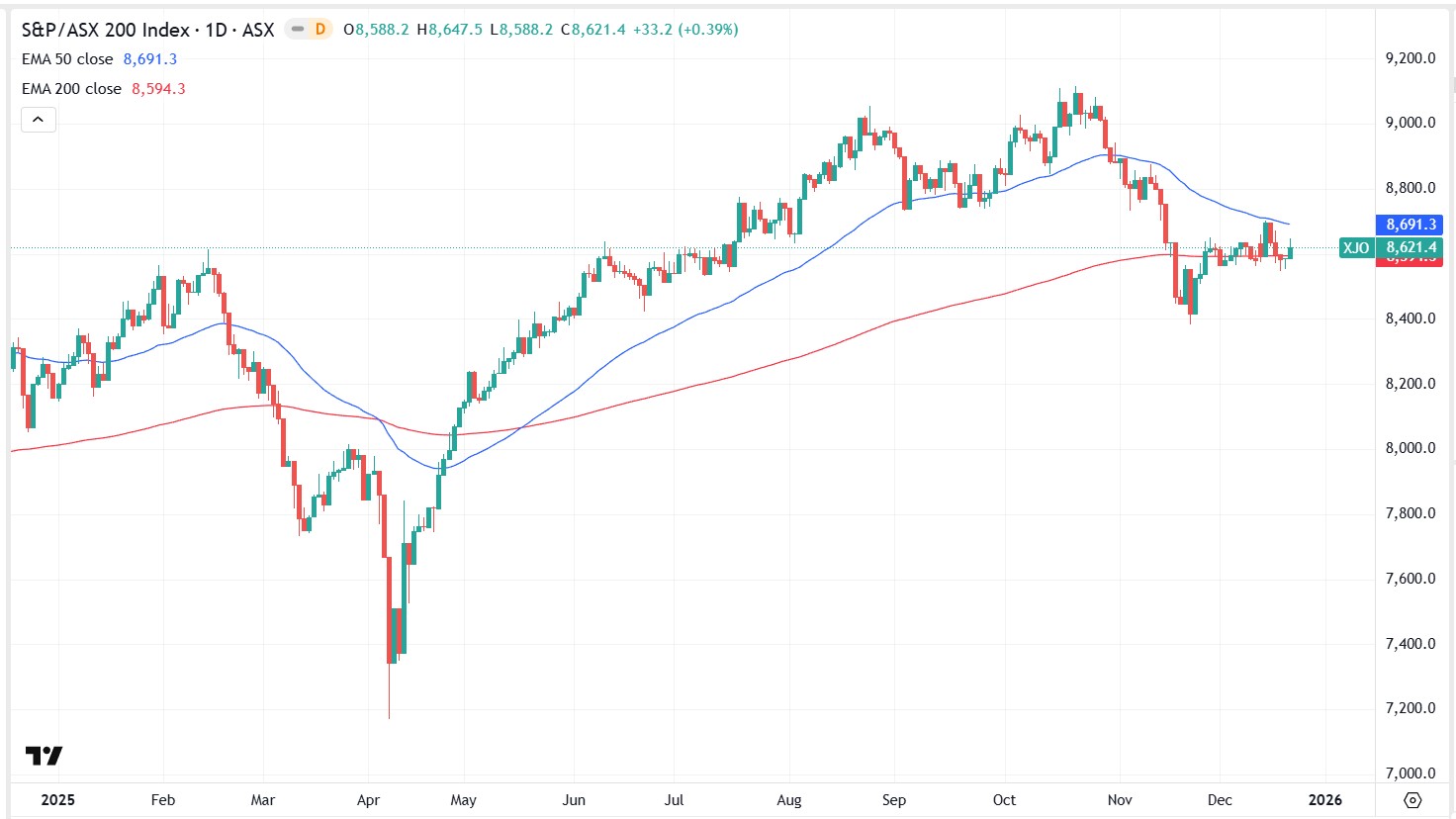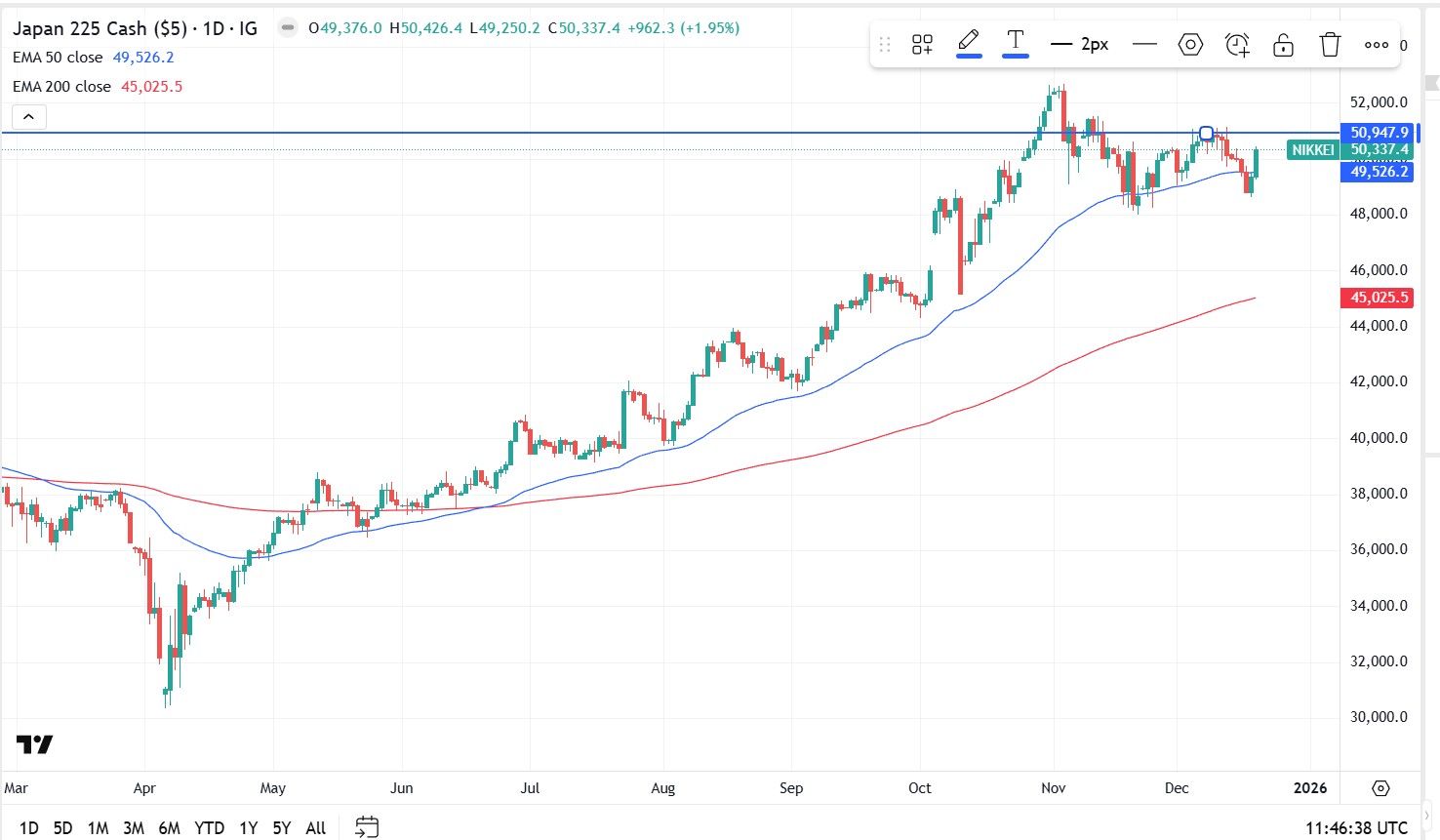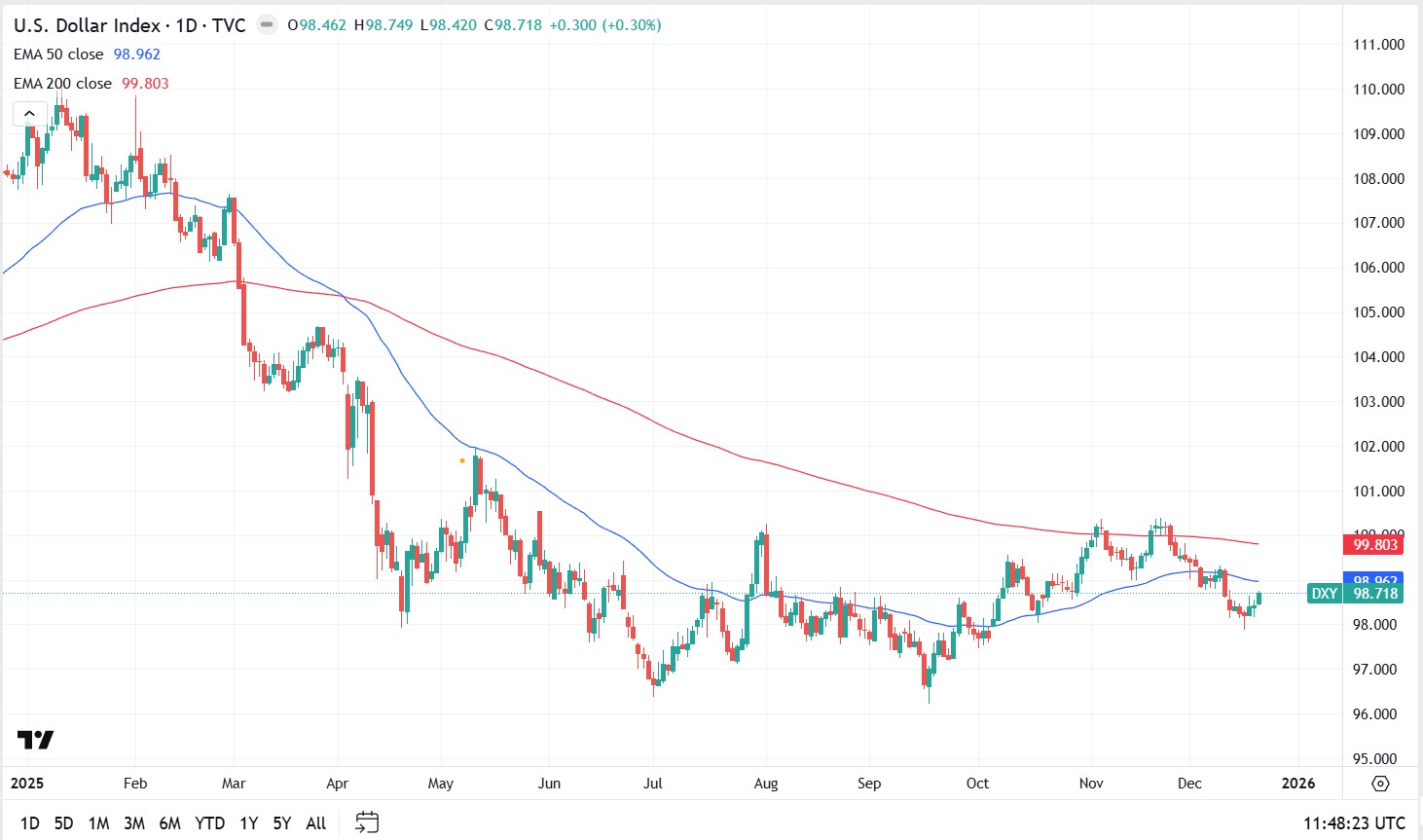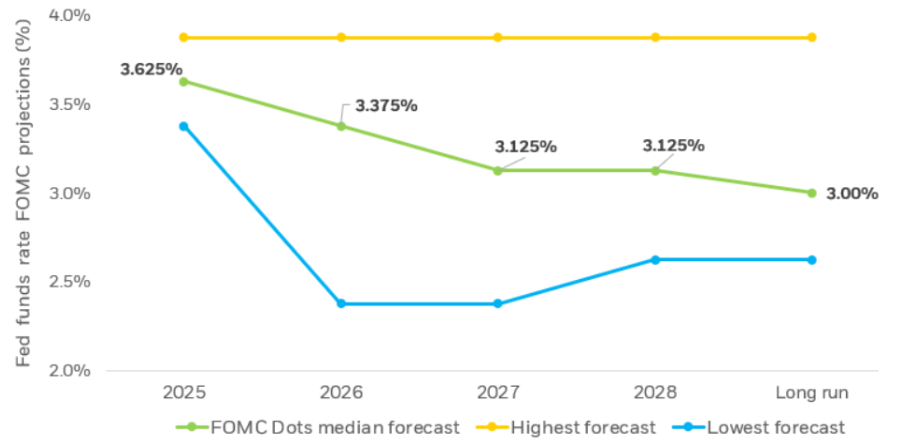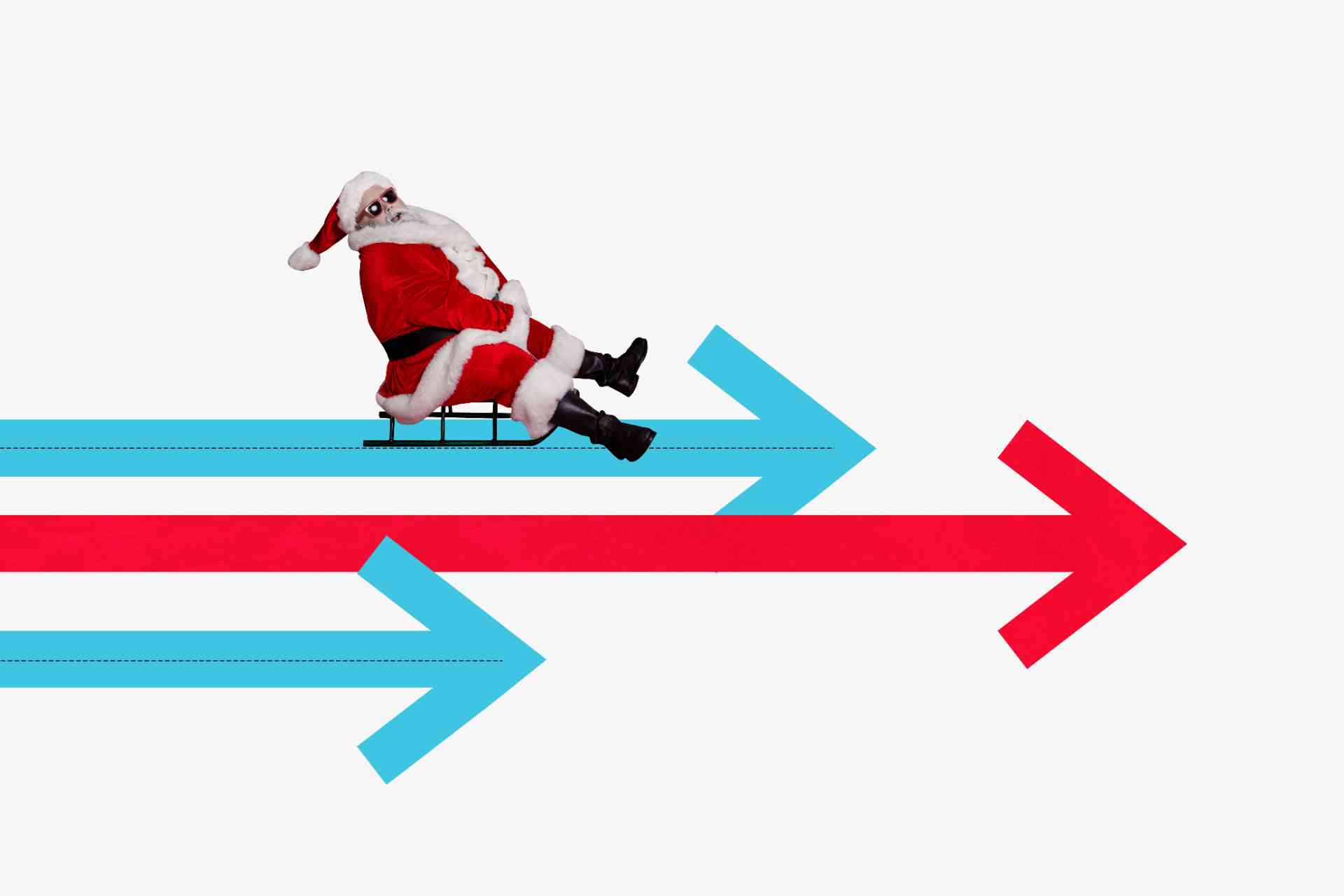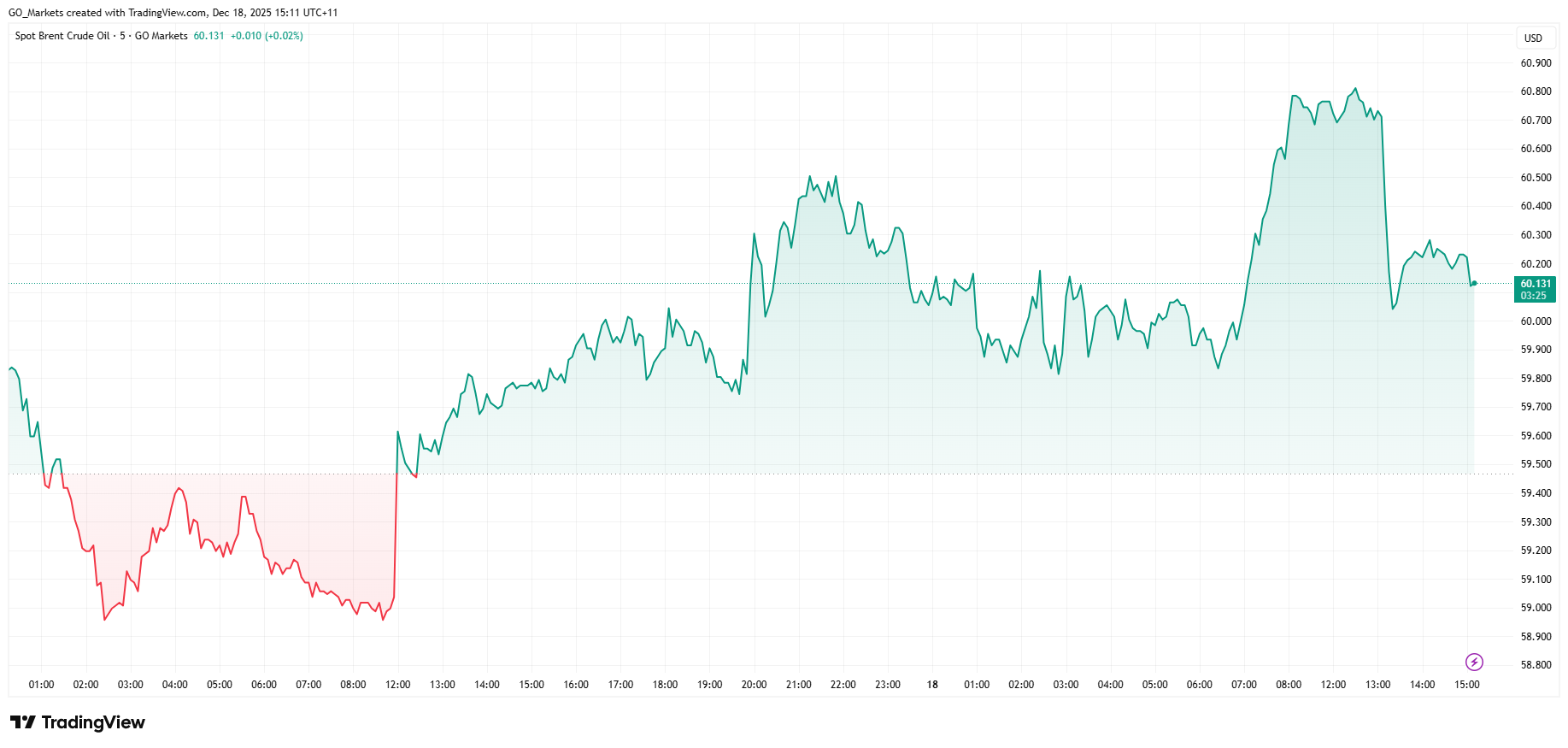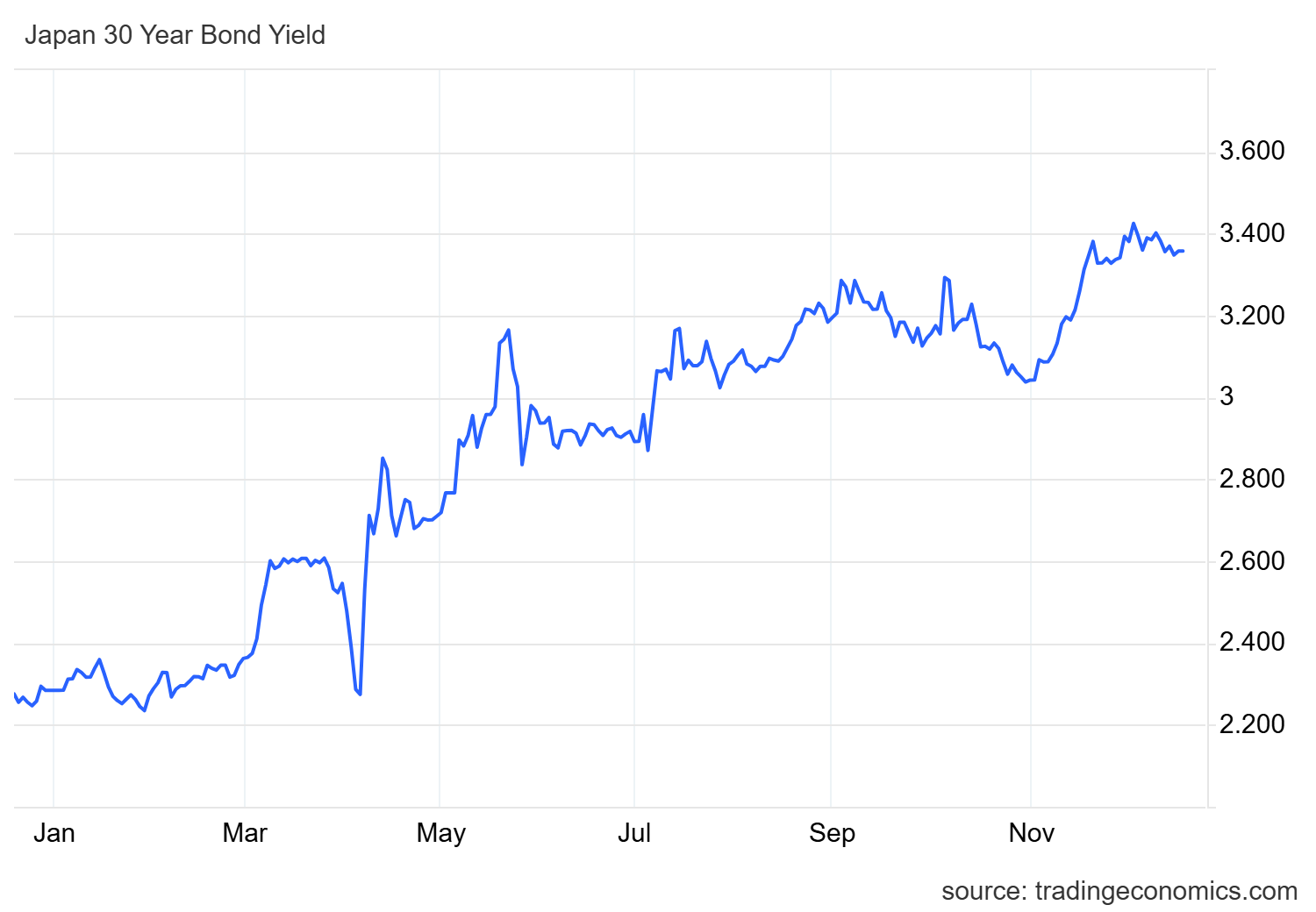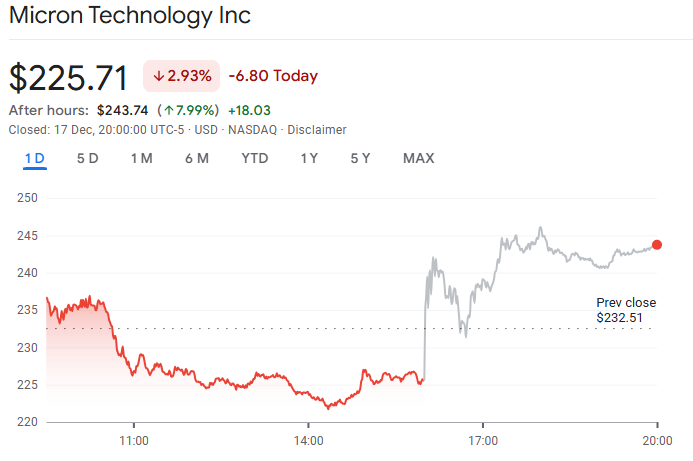Few traders would suggest that effective risk management is highly critical to ongoing trading success. But there remains an ongoing debate about the optimal risk management method to use, and whether a system stop loss is something that is needed at all. There are a lot of traders who remain unconfident about what is best for their individual trading style. If you get it wrong, the likely scenarios are either you are stopped out too early by market noise only to see price subsequently move in your desired direction, or that placement means that you take a larger loss than planned. This is especially true in leveraged trading, where even small moves can have a significant impact. The potential for a catastrophic candle subsequent to a black swan event or even a sudden unplanned news item coming across the wires can do major damage to your account balance if you are not effectively protected.
Do You Need a Stop at All?
There are traders who argue against hard stops, preferring mental stops or flexible exits based on evolving price action. On the surface, this can sound appealing as it is price action that invariably dictates entry, so using the same logic for exit appears to be congruent.
What does this mean in reality?
The emotional pressure of not having a safety net can be significant and may shift during the life of a trade, particularly when a trade is not moving in your desired direction. The challenge of discipline in execution is difficult enough when a trade has moved into profit, but if you are in a losing position, this is amplifiedA catastrophic candle can occur at any time. Even if many events are predictable, some are not. A terrorist attack, a major environmental event, or a change in government policy can send prices spiralling in a heartbeat. Unless you are prepared to take on this risk, you need to be in front of a computer screen at all times. Even then, price movement may be exceedingly quick, causing major losses before you have a chance to take action.
Why Standard Stop Methods Often Fall Short
Fixed Pip or Percentage Stops
The idea of a fixed-size stop, whether it’s 50 pips or a 1% move from entry, appeals because it’s simple and clear-cut.However, markets don’t move in uniform increments. A 20-pip move on EURUSD might be normal activity in Asia on an hourly chart, but can be significantly different at the start of the European session.On the AUDNZD, a 1% move in price could take several hours to happen, but on a gold trade, it could happen in minutes.These stops lack sensitivity to volatility, timeframe, and market context. They may work on a single instrument in a single timeframe, but are likely not transferable to any other context.
The Problem with Round Numbers
The human mind is automatically drawn to round numbers.Traders often cluster buy and sell pending orders and stop orders around these levels, creating self-fulfilling reaction points for the market.If you have identified that your desired stop is near a round number, consider the “spacing” option, perhaps a buffer of 10-20$ ATR to take it away from the wicks we often see around these levels as stops are taken out. For example, if ATR is 30 pips and price is at a round number, consider setting your stop to 3-6 pips beyond the round number, giving your trade a fighting chance to survive the typical round number fake-out.
Key Level Stops
Similar to round numbers, key levels based on previous price action are logical places for prices to test and bounce, and trigger your stop.The same buffer principle described above could also be applied in this scenario. Looking at what a typical test and failure of levels in price distance on specific instruments may have some value, but this is the next level after a system is already in place, and does not account for volatility changes during a day.
The Case for the ATR Multiple Stop
The Average True Range (ATR) measures market volatility by averaging recent price ranges.When you multiply ATR by a specific factor, you create a volatility-adjusted stop that scales with the current instrument and timeframe you are trading.There are three main reasons that a multiple of ATR-based stops may overcome some of the challenges outlined earlier:
- They are flexible with and responsive to the underlying instrument character
- They provide consistency and the required automatic adjustment across instruments and on different timeframes
- They go some way to help avoid stops that are too tight in volatile markets or too loose in quiet ones
For example, on your chosen instrument, the ATR on a 15-minute chart may be 12 pips. If you were to have in your plan that stops will be placed 1.5x ATR away from the signal for entry, then you would place the stop 18 pips away.However, if you were trading a longer timeframe where the expectation is a great movement per candle, the ATR may be 20 pips; hence, your stop would be placed 30 pips away. You can then calculate the position size based on the difference between entry and stop compared with your risk tolerance. This is important not to miss; the key here is to keep risk within a tolerable limit while also making sure you are giving your trade a chance to breathe.
The ATR challenges
Let’s say that you have made the decision to explore an ATR stop further; there are additional decisions to make as to how you use this in your trading.
Challenge #1 - How Big Should Your ATR Multiple Be?
The “right” multiple depends on:
- Your trading style
- The market you trade
- Your timeframe
Here is a practical approach to get you started.
- Review your last 20 trades
- Check where your “undesirable” stops were hit. Record whether they were inside your chosen ATR multiple times. (Remember you are looking for probabilities here, not an “every time” solution.)
- Adjust and test until you find a range that minimises premature stop-outs without giving away too much profit potential.
1.5 ATR may be a good starting point to try, as this is a commonly used level by some traders.
Challenge #2 - Static ATR vs. Dynamic ATR Stops
Static ATR Stops are calculated at entry and remain fixed throughout the life of the trade, are simple, and require no adjustment.Dynamic ATR Stops are adjusted with changing volatility, which may be most relevant for trades held over multiple sessions, but does require regular monitoring.Ultimately, you need to make a choice that is right for you, and this may be a hybrid approach where there are defined times to adjust. Of course, this may be negated to a large degree, dependent on what point your initial stop begins to trail with the direction of the trade.
Challenge #3 Entry Signal Level vs. Entry Price — Where Should You Anchor Your Stop?
This is a nuance many may overlook. You need to plant your flag on how you are going to calculate your ATR-based stop. From your actual entry price, or from the signal level?Logically, the trade idea is proven to have moved against you when the reason for entry is no longer valid. However, there may be some price distance between these two levels, so one approach I have seen used is if the entry candle is more than X ATR above the signal line, then use this as your point.Again, if you need to find out what is right for you and your trading style, start with the simple first and then add the variation to see if there is a difference in outcomes.
This is Only Step One
Placing your stop is only the beginning of trade management. The next phase is knowing how and when to trail your stop so you can lock in profit as a trade moves in your direction.This is a story for another day, but worth mentioning as part of your “grand exit plan”. We have done both videos and articles on this, so it would be worth it once you have mastered this element to move on to the next.
Summary
The ATR multiple stop is one of the most adaptable and logical ways to set your initial risk level.It offers a structured way to try and avoid some of the classic stop placement pitfalls by accommodating market conditions, instrument volatility, and adaptability to the timeframe.But like any method, it has challenges that you need to be aware of in your decision-making:
- Choosing the right ATR multiple
- Deciding between static and dynamic approaches
- Aligning your stop with your entry price
All require planning, testing, and execution discipline. Your starting point is to test this out, ideally on trades you have taken previously, and incrementally build on a relatively simple approach.





